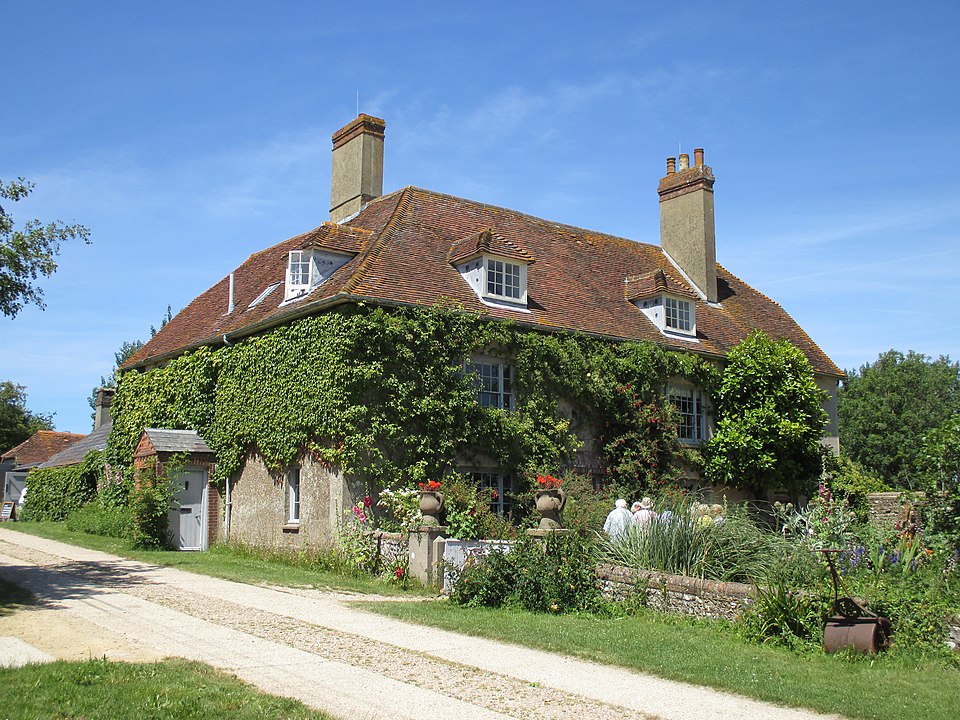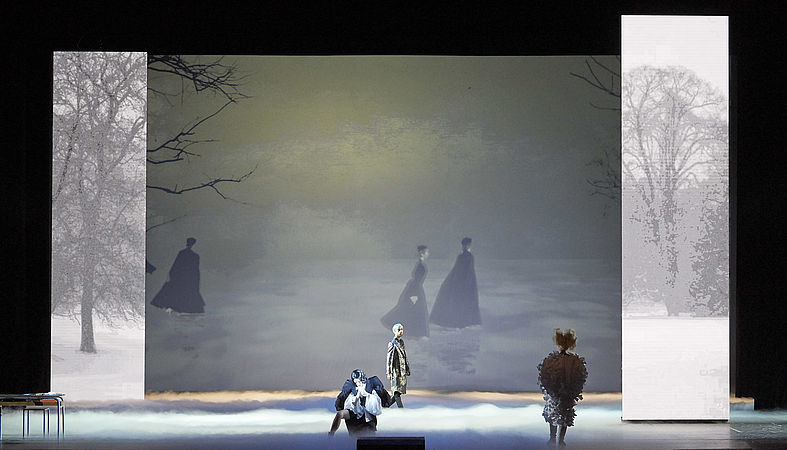not as royal, but better cultivated!
Diving in and out of Virginia Woolf’s diaries and biography anew, I have been attentive to her intense relationship with place. The homes of her childhood and younger years are never far away; returning as fragmented memories, misplaced, reimagined and memorialised in her writing – think about the Stephen family’s “Talland House” and childhood summers in St.Ives and the Ramsay’s summer house on the Isle of Skye in To the Lighthouse. Or the walks she took and places she went as related in many a diary entry, then reimagined and true to the time in the city as seen through the eyes of Mrs. Dalloway or any Pargiter.

And for Woolf, Sussex is a very special place. Here, at the time of her marriage in 1912, she found in “Asheham House” near Beddingham sanctuary from the distractions of London, but still near to “Charleston Farmhouse”, the Firle home of Vanessa and her complicated family and their seemingly endlessly brilliant string of guests. Distractions it seem had a way of following her, and were perhaps never quite as unwelcome as often would have it!

Later, in 1919, she and Leonard purchased “Monk’s House” in the village of Rodmell which would remain until her death her (their) constant retreat. The walks, the garden, the weather, the famous “writing shed” – that room of her own, all the visiting and being visited upon; as much as the profound inner life and intellectual musings – and the gossip! – it is the every day, often the mundane, as lived in her rural sanctuary that bring her diaries to vivid life, just as flowers come to bloom.

By the way, Asheham is no more, but an afterlife was granted it by grateful Woolfs – the romantic Leonard getting the better of the cerebral self in an autobiographical aside and a spirited Virginia imagining a ghostly couple bound for eternity in a short story entitled A Haunted House, first published by Hogarth in Monday or Tuesday in 1922, and later in a collection published by Leonard in 1944. Who was this ghostly pair? Perhaps the shades of their very selves, the Woolfs, viewed from a distant future; forever young, forever in this place.
continue reading



